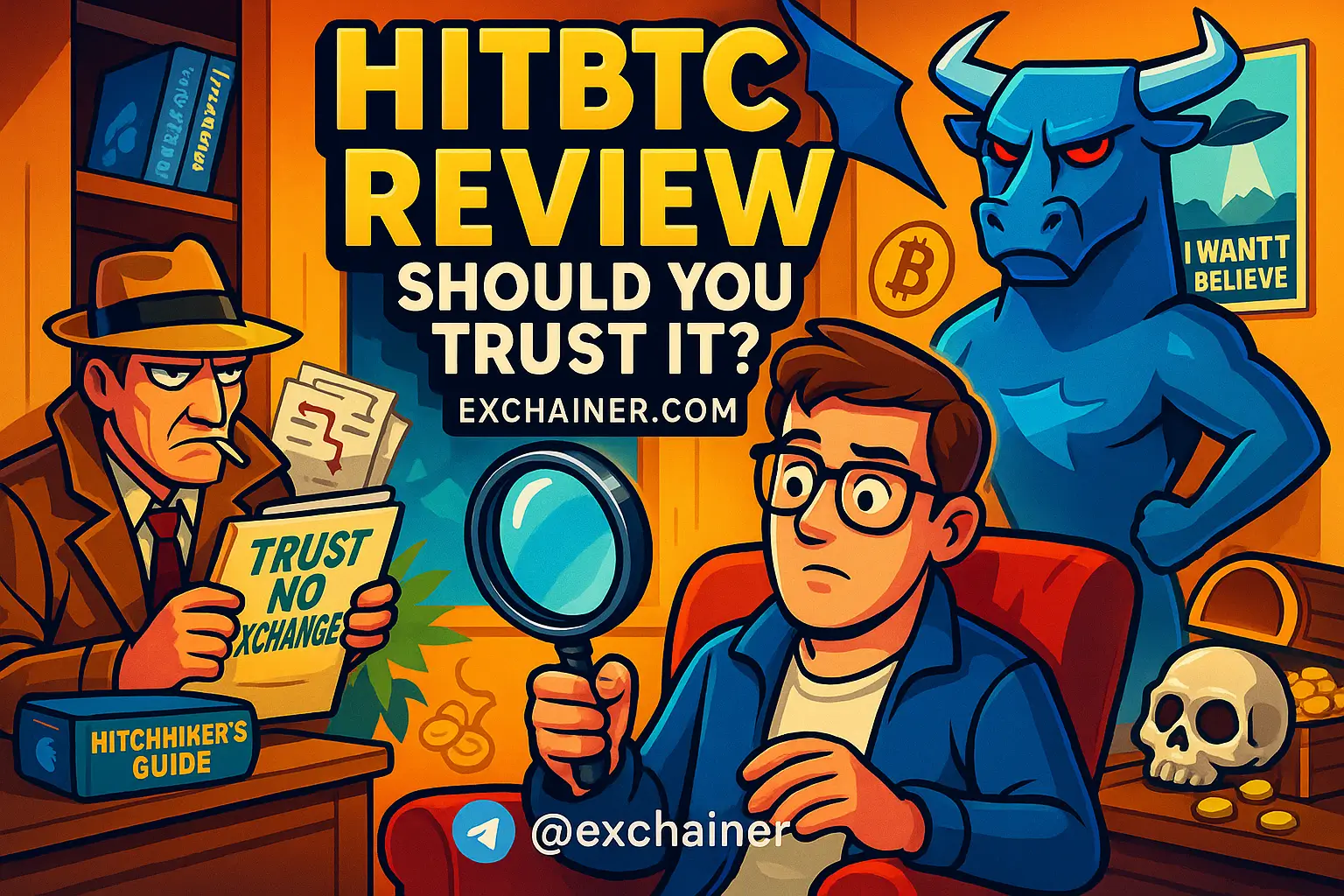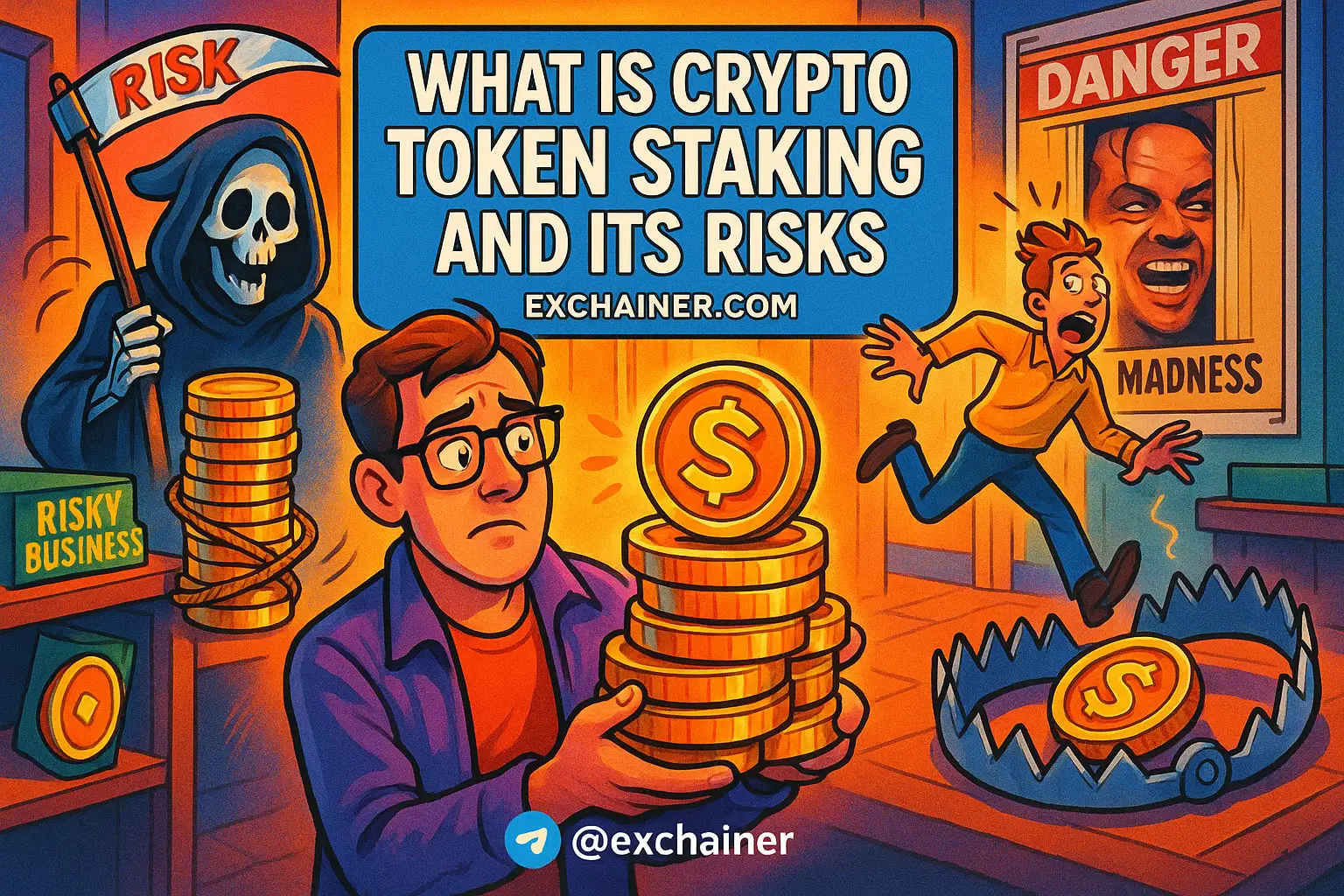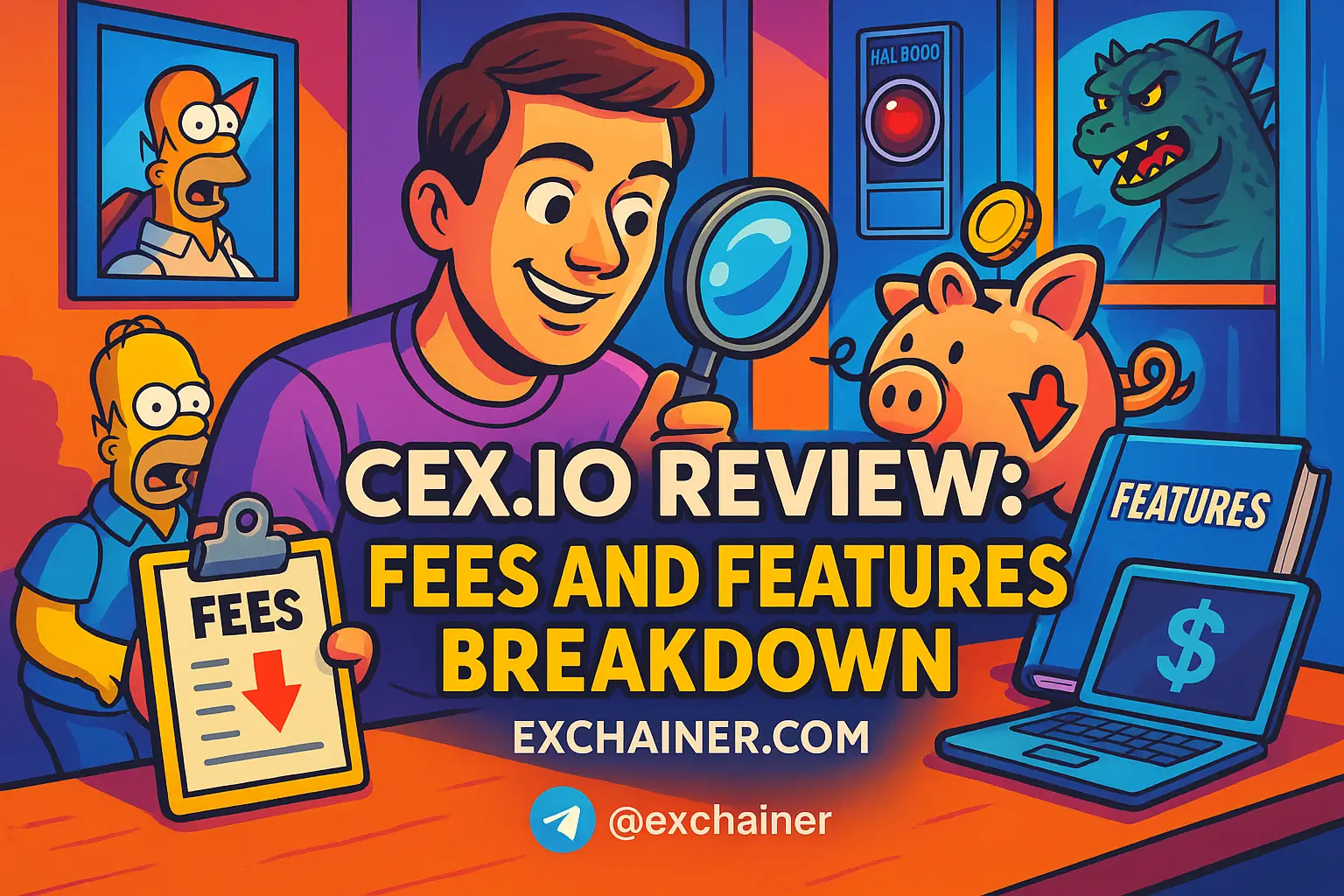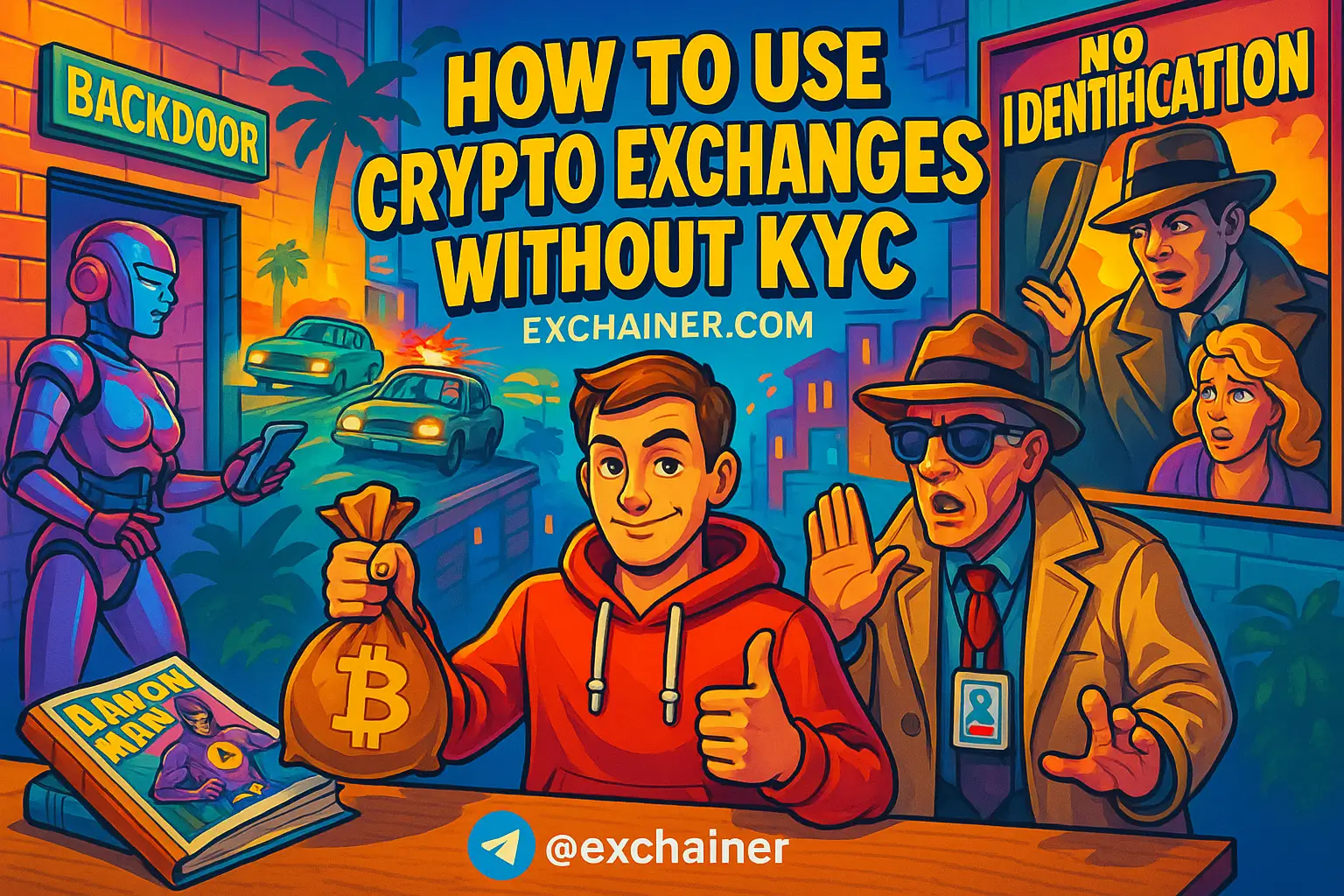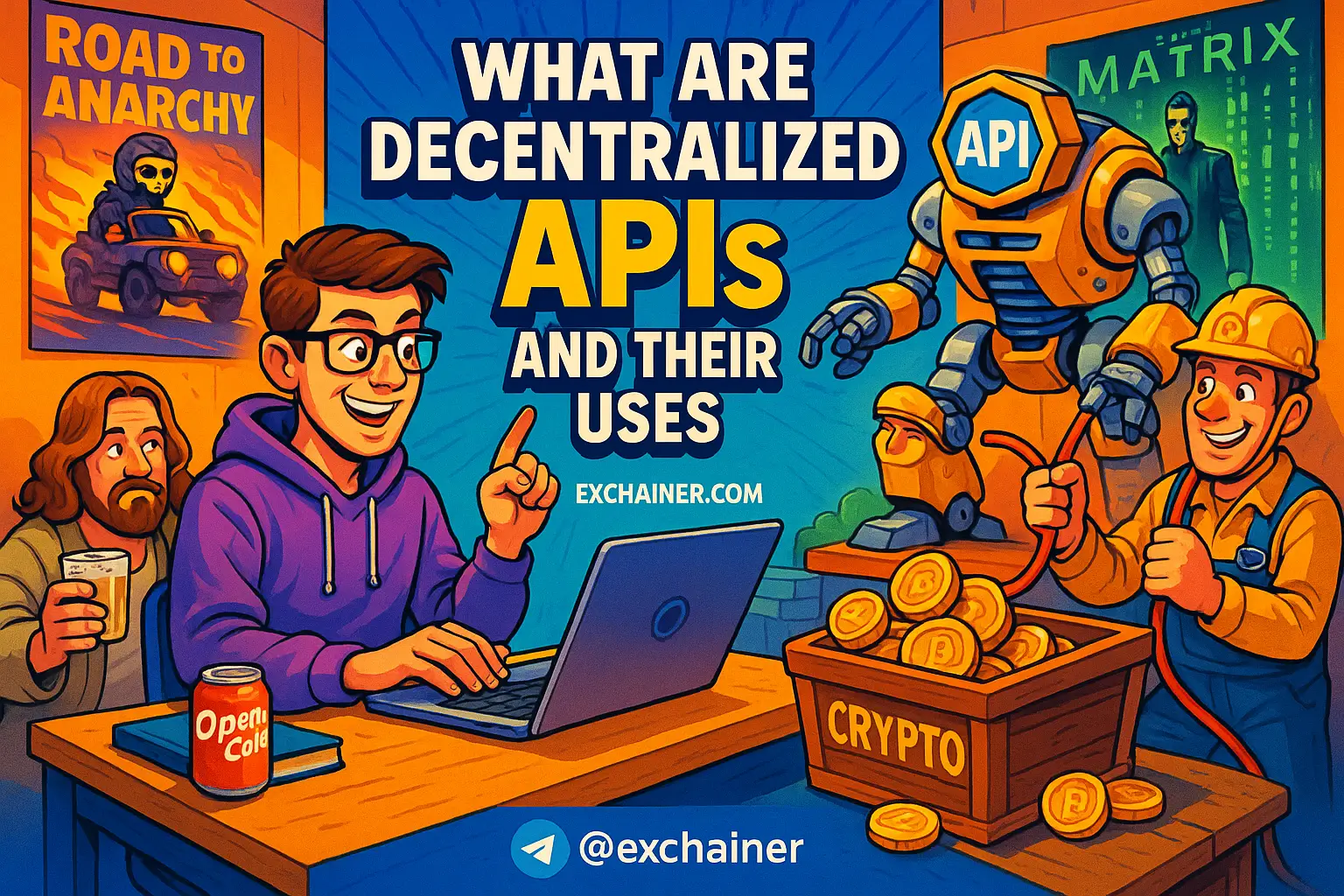The world of cryptocurrency is continually evolving, and one of the most intriguing aspects that newcomers and seasoned traders alike should grasp is the concept of wrapped tokens. Understanding wrapped tokens is essential for anyone looking to navigate the intricate web of digital assets. Whether you are asking yourself, “What are wrapped tokens?” or “How do they fit into the broader crypto ecosystem?”, you’re not alone. As the landscape of digital currencies continues to expand, wrapped tokens provide unique functionalities which can enhance your trading experience, interoperability, and portfolio diversification.
Wrapped tokens are more than just a technical nugget; they're a bridge connecting various blockchain networks, enhancing liquidity and accessibility for users. Imagine you want to make a trade on a platform that only accepts Ethereum, but you own Bitcoin. This is where wrapped tokens come into play by representing your Bitcoin in an Ethereum-compatible format, allowing you to transact seamlessly. This notion of flexibility and functionality is vital to understand as you delve deeper into the world of cryptocurrencies.
In this article, we will cover the basics of wrapped tokens, their uses, and why you should care about them. We'll examine their benefits and limitations while providing practical examples to illustrate their significance. In essence, this guide is crafted to empower you with the knowledge needed to enrich your crypto journey. So, let’s dive in and unravel the intricacies behind wrapped tokens!
What Are Wrapped Tokens?
Wrapped tokens can best be described as digital assets tethered to a specific cryptocurrency that can be transferred from one blockchain to another. They represent a 1:1 value of the underlying asset, providing a means of maintaining liquidity and compatibility across different platforms. For instance, Wrapped Bitcoin (WBTC) is an Ethereum-based token that represents Bitcoin, allowing Bitcoin holders to use their assets on the Ethereum network.
The crucial aspect of wrapped tokens is that they retain the value of the original asset while enabling accessibility and functionality outside their native blockchain. This means you can enjoy the best of both worlds—capitalizing on the benefits of your original crypto while leveraging the unique features of another blockchain.
How Are Wrapped Tokens Created?
Creating wrapped tokens typically involves a process known as “wrapping.” This preservation of value and functionality occurs through a custodian—an intermediary that holds the original asset in reserve. Here’s a simplified breakdown of the process:
- Custodian Setup: A reliable custodian is established to hold the underlying asset.
- Wrapping Process: When a user wants to wrap their crypto, they send it to the custodian.
- Token Minting: The custodian then issues the wrapped tokens to the user, ensuring they can claim the original asset when needed.
- Redeeming Tokens: If the user wishes to convert their wrapped tokens back to the original asset, they return the wrapped tokens to the custodian, who then unlocks the reserved original asset.
This system creates a secure and efficient environment for trading and utilizing cryptocurrencies across different networks.
The Uses of Wrapped Tokens
Now that we understand what wrapped tokens are, let’s explore their uses in the crypto world.
1. Increasing Liquidity
One of the primary benefits of wrapped tokens is their ability to increase liquidity across various platforms. By wrapping an asset, traders can easily swap between different decentralized exchanges (DEXs) and trading platforms, even if those platforms do not support the original asset directly. For instance, WBTC allows Bitcoin holders to engage with DeFi applications on the Ethereum network, maximizing trading opportunities and liquidity.
2. Facilitating DeFi Participation
Wrapped tokens open the door for greater participation in decentralized finance (DeFi). Users can lend, borrow, and earn interest on their wrapped tokens. For example, you can use WBTC to supply liquidity in DeFi protocols like Uniswap or Aave. This draw not only attracts traditional crypto users but also entices new users to explore DeFi platforms with their existing assets.
3. Cross-Chain Functionality
The ability to utilize assets across different blockchain networks is another significant advantage. Wrapped tokens act as a bridge between disparate ecosystems. They allow users to transfer value seamlessly from one blockchain to another—preventing the need for centralized exchanges or complicated conversions. This cross-chain functionality fosters collaboration among blockchains, which ultimately leads to a more integrated crypto market.
4. Enabling Smart Contracts
Wrapped tokens are also beneficial for executing smart contracts. Utilizing wrapped tokens allows users to create complex financial instruments, especially within the DeFi realm. For instance, with wrapped tokens like WBTC, users can create automated trading strategies, integrated with Ethereum smart contracts. This automated functionality enhances efficiency while minimizing risks.
5. Diversifying Investment Portfolios
For investors looking to diversify their portfolios, wrapped tokens provide a practical solution. With wrapped tokens representing assets from various blockchains, you can easily hold a diversified range of assets with exposure to different projects without requiring multiple wallets or heavy transaction fees. This ease of access allows for smarter management of your digital investments.
Examples of Popular Wrapped Tokens
Navigating the world of wrapped tokens can be easier when you’re familiar with some of the most popular examples:
- Wrapped Bitcoin (WBTC) – WBTC converts Bitcoin into an Ethereum-compatible token, facilitating Bitcoin-based transactions within the Ethereum ecosystem.
- Wrapped Ether (WETH) – This token wraps Ether (ETH) to allow it to be more flexible in trading scenarios and utilized in various DeFi applications.
- Wrapped Zcash (WZEC) – This token allows Zcash holders to utilize their assets within Ethereum-based DApps and exchanges.
- RenBTC – This offers an interoperable way to use Bitcoin within Ethereum smart contracts while assuring a level of anonymity and security.
By understanding these examples, you can start recognizing the potential of wrapped tokens and how they can play a part in your crypto journey.
Benefits and Limitations of Wrapped Tokens
While there are many benefits to using wrapped tokens, there are also limitations to be aware of.
Benefits:
- Increased Liquidity: As mentioned previously, wrapped tokens enhance liquidity by providing additional trading options across platforms.
- Interoperability: They merge various ecosystems, enabling asset utilization for a broader range of applications.
- Accessibility: Wrapped tokens allow users who don't own multiple assets to access diverse financial products and services.
Limitations:
- Dependence on Custodians: The security of wrapped tokens relies on the custodian. If the custodian is compromised, it can jeopardize the safety of your assets.
- Smart Contract Risks: Wrapped tokens generally operate under smart contracts, which may be vulnerable to bugs or hacks.
- Fees: There may be fees associated with wrapping and unwrapping tokens, which can add up over time.
In summary, while the benefits of wrapped tokens are significant, it’s vital to remain cautious and conduct thorough research before diving in.
Conclusion
In conclusion, wrapped tokens represent an exciting and transformative aspect of the cryptocurrency landscape. They offer increased liquidity, facilitate participation in DeFi, and promote cross-chain functionality while enabling users to diversify their investments. As you consider how wrapped tokens fit into your own crypto strategies, it’s essential to be mindful of the underlying risks associated with custodians and smart contracts.
So, friends, now that you've grasped the concept of wrapped tokens and their uses, are you ready to explore how they can enhance your trading experience? Dive deeper into the world of cryptocurrencies and broaden your knowledge by checking out more helpful guides on Exchainer.com, and don’t hesitate to explore analytical reviews in our Exchange Reviews category. For tools and wallets to manage your assets, make sure to visit our Tools and Wallets page. Start your crypto journey today!






